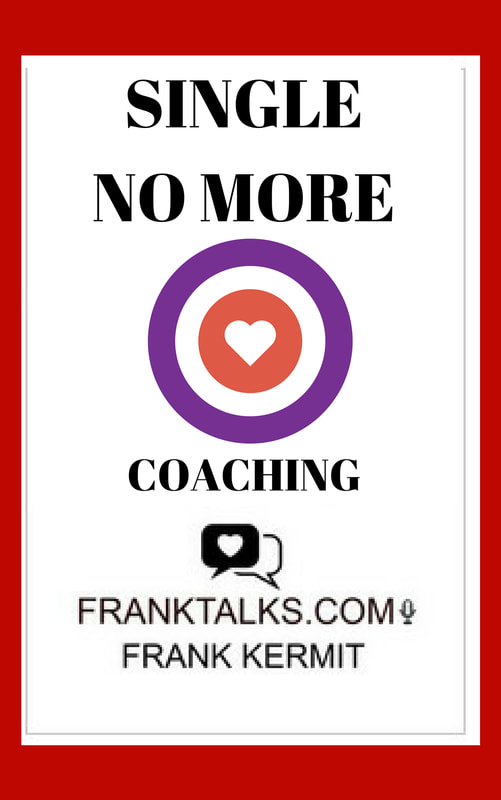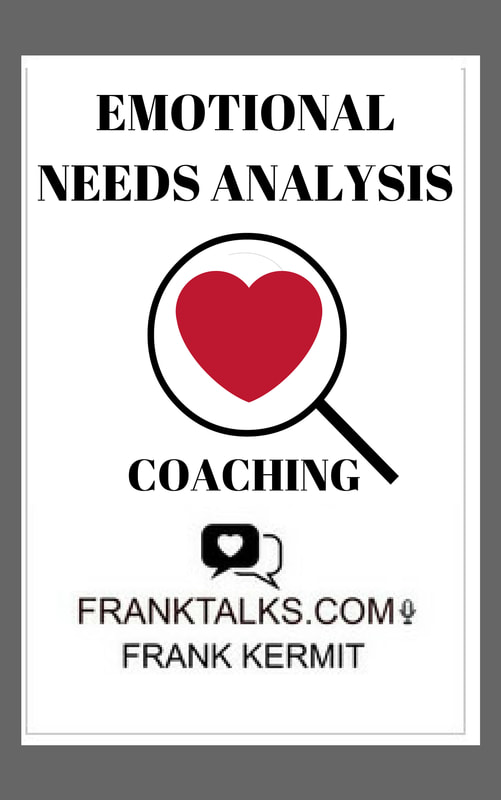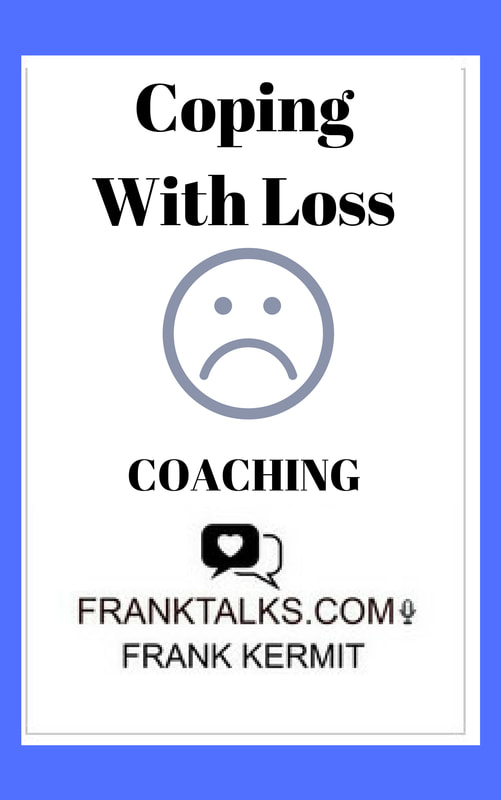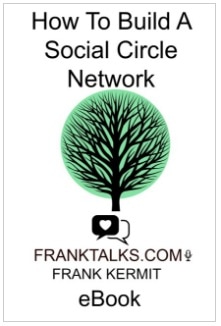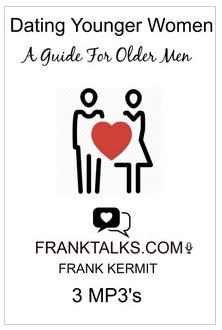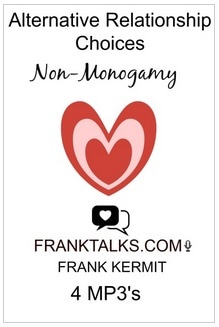|
Suicide: What are the signs, what to do, and where to go? By Jenn and Sam, Mental Health Caseworkers If you’ve been on the internet lately, you’ve probably seen posts about the new controversial Netflix show “13 Reasons Why”. If you have not seen it, let us break it down for you. The show depicts a teenage girl, Hannah Baker, trying to navigate her way through a new school. Here, she encounters bullying from her peers and struggles with mental health issues that eventually contribute to her committing suicide. Prior to her suicide, she created audio tapes that detail the reasons why she chose to end her life. The popular show has been criticized for glamorizing suicide and portraying suicide as a justifiable act of revenge. On a more positive note, many mental health practitioners and teachers are using the show to open up a line of communication about suicide with youth and adults, to educate people on how to identify the signs and how to seek help or support someone who may be suicidal. There have additionally been initiatives by local high schools where students created and shared “13 Reasons Why NOT”, which are lists of reasons why suicide is not an option. Although the show opens up this doorway of communication regarding suicide, it demonstrates little knowledge or understanding of Hannah’s mental health problems. It does not address her hopelessness, desperation or helplessness. The show appears to focus more on morality and highlights that the consequences of bullying can be deathly. There is no denying the truth behind that last statement or the detrimental effects, both short term and long term, that bullying has on its victims. That said, there is still a much broader topic that is being left out. Suicide itself. Bullying is not the only reason people chose to take their own lives. The show additionally does not address many other questions surrounding suicide including;
As mental health workers, we see individuals with suicidal thoughts, ideations, and tendencies on a daily basis. It is something we are consistently screening for, because it occurs frequently as a result of other mental health disorders. This does not mean that a person has to have a mental illness to become suicidal, but it does increase the risk of suicide. According to a study completed in 2011, approximately 3,500 people commit suicide annually in Canada. This is a staggering number. Unless you are directly affected or working in a social service/mental health setting, you are most likely unaware of what the signs of suicide are. Furthermore, you are probably unaware of what to do if you encounter those feelings yourself or discover someone you love is suffering from them. What to look for: signs and symptoms What signs do we look for? First and foremost these are general guidelines and are in no way absolutes. Some signs are more obvious, while others are more subtle. An obvious sign is someone having or verbalizing that they have suicidal thoughts and/or ideations. Simply put, the individual is thinking about dying, how to do it, and what will happen if they go through with it. These are more obvious signs as the individual will often express these thoughts to multiple people and rarely will go through with it. Subtle signs include those that are less noticeable or associated with suicide. These are often not expressed by the individual, but can be noticed in their changed behavior. These can be significant changes in mood such as anger, volatility, recklessness and/or an increase in risk-taking behavior. The individual may start to withdraw from family and friends, become more reclusive where they were once social. The individual may turn to substance use that was not present before to numb the feelings or change their state of mind. They may feel anxious, hopeless or helpless in their situation and are unable to cope with it. They may also express thoughts of having no purpose to live and that no one would be affected or care if they were gone. They may express feeling that there is no other way out of a situation. On the flip side of the coin, their mood could drastically change in an appearingly positive way where they could present much happier than they have been, as they feel a sense of purpose through their plan to take their own life and are determined to see it through. What do you do if you see these signs in someone you know or love? The first step, although maybe the hardest, is to talk to them about what you see and your concerns. Do this with an open heart and from a place of empathy. Let them express how they feel and validate their struggle, while letting them know you are there to help and support them. It is important in these situations that the person feels someone cares about them and wants to help. At some point you need to be brave enough to ask them directly if they are contemplating suicide. Ask them if they have a plan, how they would do it and if they have a time frame. If the answer to any of these questions is “yes”, then there is an urgency that needs to be addressed. This can be seen clearly in “13 Reasons Why”. Hannah creates a clear and precise plan. She chooses to create 13 tapes, clearly collects all the items she needs (tapes, razor blades, recorder etc), maps out what to record on them and then ends with her taking her own life. Often, the person will reach out in some way or another, by trying to tell someone what they are feeling or by giving away something that holds a lot of importance for them. Hannah demonstrates this by making a final attempt to get the attention she needs from her school counsellor. Suicide is a serious issue, and if you recognize these signs in someone else, it is important that that person is not left alone.
It is a scary thing to do, but you could be preventing an unnecessary death. If the situation is less urgent, but warrants help, you can visit your local CLSC. The CLSC can refer you to the appropriate services. What do you do if YOU are having these thoughts or recognize these signs in yourself? If you see the signs in yourself, it is important that you speak to someone you trust and create a plan to help yourself. We encourage clients to create a SAFETY PLAN which includes a list of reasons you shouldn’t harm yourself. This can be lists of things you love to do, places to visit, things that make you passionate and important relationships in your life such as loved ones, family, friends and pets. Add a list of resources to call in a time of need
Add people you trust and can speak to on the list including family and friends. Make sure that these are people you can get in touch with if you feel unsafe being alone. Being aware of these signs and how to provide help might make it easier to catch someone who is contemplating suicide before they act. So please, do not be another face in the crowd. Reach out if you recognize the suffering in yourself or another. You could be the difference between life or death. -Jenn and Sam For more information on suicide prevention please use the following services: Suicide Prevention Canada http://suicideprevention.ca/ Canadian Mental Health Association They have a page dedicated to services for those facing suicidal thoughts and struggles or friends/family support. https://www.cmha.ca/mental-health/understanding-mental-illness/suicide/ West Island Crisis Centre Phone: 514-684-6160 Services: 24 hour emergency hotline, psychological assessment, intervention, temporary shelter and equipped with mobile unit for evaluations. Suicide Action Hotline: 1 866-277-3553 or 514-723-4000 This hotline is open 24/7 and can provide support and assistance. Author Bios Let us introduce ourselves. We are mental health case workers, and although that sounds like a big scary title, it is actually just clinical terms for saying that we help people help themselves. Our job is to empower people with the knowledge and tools to help manage any mental health issues they may be facing. This can range from small bouts of depression and anxiety, to suicidal ideation and chronic illnesses such as Schizophrenia and Bipolar disorder. Whatever the concern, we are here to provide support, guidance and direction in riding the wave to recovery. On a daily basis you can find us meeting with clients and creating Action Plans to accomplish short and long terms goals. We help locate and direct clients and families to community services and organizations. We create and facilitate sport therapy groups, workshops, educational seminars and group activities, all with goal of normalizing mental health issues and empowering clients with the tools and skills to move forward not only in their recovery, but with their life goals. If you are lucky enough, you can even spend time with our onsite therapy pup named Norbert, who is always available and more than willing to give some love and cuddles. Norbert plays his own role as a worker, going out into the community to spread awareness and help with prevention. Our approach is far from traditional and we strive to work outside the clinical “box”. We focus on the individual’s strengths, using their passions and goals to facilitate stability and recovery. Jenn and Sam Mental Health Caseworkers
2 Comments
7/10/2017 10:44:46 pm
This is the generality for people not really motivated.
Reply
7/10/2017 11:16:44 pm
This is the generality for people not really motivated.
Reply
Leave a Reply. |
Categories
All
Archives
June 2024
NDG Encore Singing Chorus **** Every Friday Night Dr. Laurie Betito Quotes
|
|
FRANK KERMIT MA
EXPERT RELATIONSHIP COACH HELPING PEOPLE CONNECT |
ALL COACHING IS BY TELEPHONE OR SKYPE ONLY INTERNATIONAL CLIENTS ARE WELCOME *INTERNATIONAL CLIENTS ARE RESPONSIBLE FOR LONG DISTANCE PHONE CHARGES, +1 Canada/USA* SKYPE IS PREFERRED. IT'S FREE AND EASY TO USE FROM ANYWHERE IN THE WORLD TELEPHONE: +1-514-680-3278 EMAIL: [email protected] SKYPE: frank kermit PLEASE NOTE THAT ALL SALES ARE FINAL. NO REFUNDS OR EXCHANGES
|

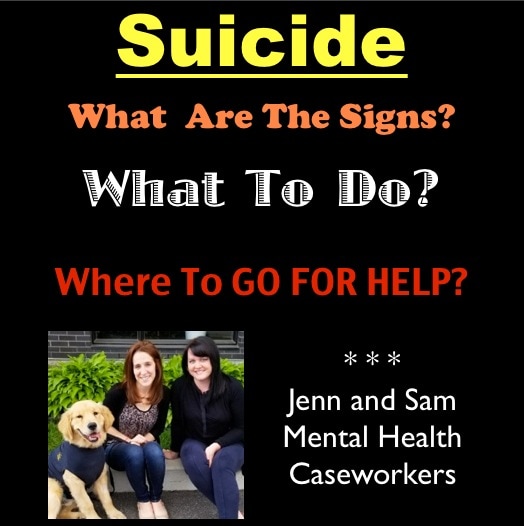

 RSS Feed
RSS Feed






